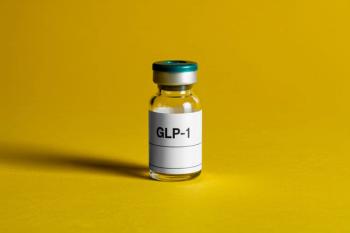
|Slideshows|April 8, 2020
Pandemic Stress Management
Author(s)Anthony T. Ng, MD
Health professionals' emotional reactions to the COVID-19 pandemic range from numbness, anxiety, fear, and rapid shifts to survivor guilt, helplessness, and feelings of detachment. Here: Stress management tactics and what to expect today and beyond.
Advertisement
Newsletter
Receive trusted psychiatric news, expert analysis, and clinical insights — subscribe today to support your practice and your patients.
Advertisement
Advertisement
Advertisement
Trending on Psychiatric Times
1
Southern California Psychiatry: Review of New Agents in Schizophrenia and Dementia
2
AI in 2025: A Look Back With Allen Frances, MD
3
Programs for ST-905 and ST-905 for Schizophrenia and Depression Launched by Syremis Therapeutics
4
Latest Alzheimer Disease Data: Reports from CTAD 2025
5




